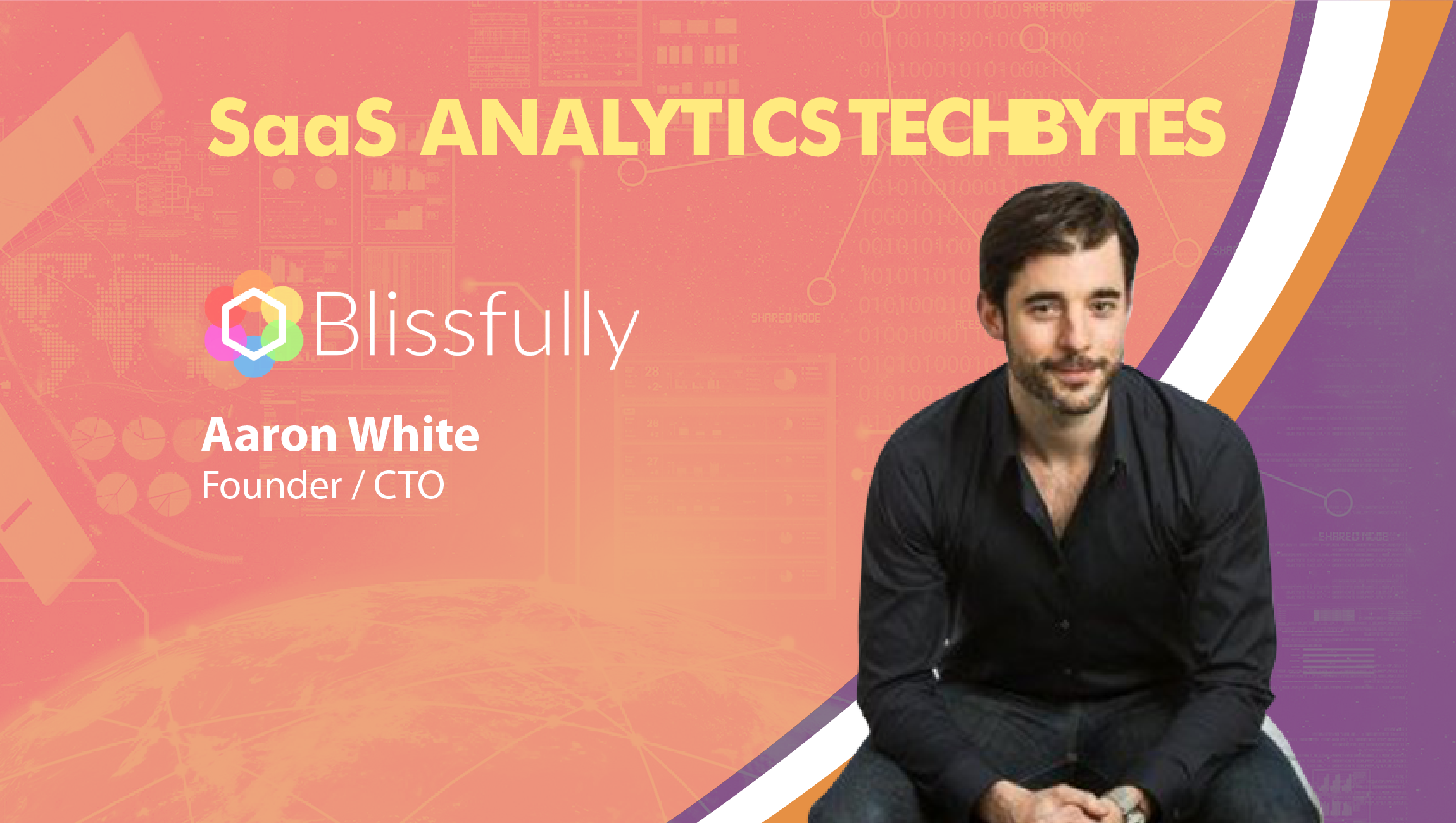Marketers Continue To Invest In Data-Driven Marketing. And Although They Know It Is Important To Collect That Data, Analyzing It Is Another Story
 Nine out of 10 marketers use data, however, 57 percent of US and UK marketers don’t use data to form more accurate views of their target audiences, according to a recent report. If you want to gain a competitive edge, you must do a better job of using the data at your disposal. Take a tactic like lookalike targeting. Whereas in the past applying behavioral and demographic data to develop similar audience sets may have given you an advantage, now it is basically table stakes.
Nine out of 10 marketers use data, however, 57 percent of US and UK marketers don’t use data to form more accurate views of their target audiences, according to a recent report. If you want to gain a competitive edge, you must do a better job of using the data at your disposal. Take a tactic like lookalike targeting. Whereas in the past applying behavioral and demographic data to develop similar audience sets may have given you an advantage, now it is basically table stakes.
In general, there is not one category of data that is more valuable than others. Data’s value is dependent on how you collect, store and apply it. You need streamlined processes for collecting clean, high-quality data, and you need to store it in a solid data warehouse infrastructure that allows you to easily invoke predictive modeling. That information should then be easily fed to your ad serving platform and used to optimize future buys.
Let’s take a look at three strategies marketers can use to get more value from their data and to accelerate marketing results.
Focus on observable purchase data
Once you have a strong foundation in place for collecting quality data, you can focus on intelligent ways to use it, and on combining different datasets in creative ways.
When it comes to driving purchases, one of the most valuable datasets is observable purchase data—specifically, information on users who have purchased a particular brand or product in the past. This is a valuable tool for predicting future purchases. Marketers can then layer this data over other datasets, such as in-market indicators, including the amount of time spent viewing the ad, mouse hovers and clicks on creative; and more commonly applied data such as browsing history and past purchases to target the segment of their audience that is most likely to convert.
Read More: Join The Brand in 2018
Consider “negative predictors”
Marketers use observable behaviors such as page views and search history to make educated assumptions about whether or not someone is in-market for a product or service. But when building a target audience, many advertisers overlook the importance of “negative predictors.” Understanding patterns of behavior that would prevent a consumer from taking the desired action is just as important.
Here’s a simple example: an automobile manufacturer wants to serve ads to people who have requested a quote for a car in the past two months. Great thinking, but it is inevitably going to pay to reach some people who have already made a purchase. By adding another layer of targeting – the manufacturer can avoid messaging people who have already purchased a car, giving a big boost to ROI on its marketing spend.
Use social data in a new way
Marketers know that word-of-mouth is powerful, but harnessing its power can seem challenging. Data can help. There are proven ways to use data and strategy to sway how people talk about a brand, and to create conversion efficiencies.
In addition to using data to define audiences that are most likely to convert, try using social data to target the key people in your target group’s network —the “everyday influencers.” Everyday influencers are the people your target audience rely on most when making purchase decisions, whether that is their mom, colleague or significant other. This strategy increases the likelihood that these influencers will have your marketing message top of mind. It can also lengthen the discussion around your brand and help to create brand advocates.
Imagine a smart-TV company has built detailed, data-backed profiles for its target consumers. It knows what sites they visit and who they interact with online. Rather than just serving ads to target customers, the company also serves ads to their friends and family. Now their prospects’ sphere of influencers also understand the marketing message and could potentially help drive the purchasing process forward.
Collecting and storing data in an effective way can be challenging enough, but it is the next stage – activating that data – that will set marketers apart from their competitors. Marketers need sophisticated, creative ways of using data to target their audience and drive conversions faster.
Recommended Read: 5 Customer Success Platform Must-Haves











